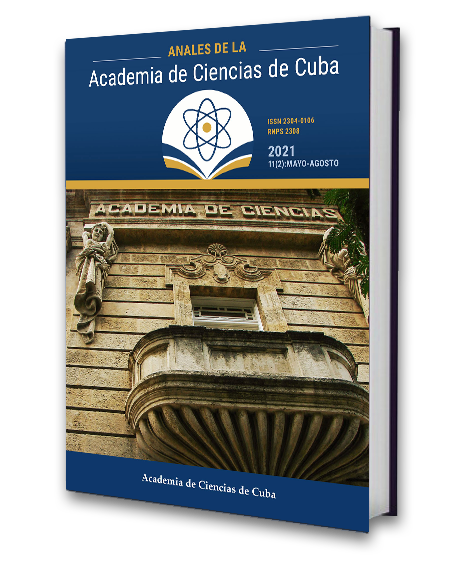Anatomic and functional evaluation of sensory systems in mesial temporal lobe epileptic patients after surgical treatment
Keywords:
auditory pathway, magnetic resonance, perimetry, temporal lobe epilepsy, visual pathwayAbstract
Introduction: The present investigation studies, for the first time in our country, the consequences on the sensory auditory and visual systems after surgery for drug resistant temporal lobe epileptic patients. Objectives: The aim of the study was to evaluate the anatomic and functional changes after electrocorticography-guided anterior-temporallobectomy.
Methods: A sample of 28 patients that underwent surgery for drug resistant temporal lobe epilepsy was studied. The surgery was performed at the International Center for Neurological Restoration (CIREN) between years 2002-2012.
Results: Functional alterations in the visual and auditory systems were detected even before surgery. After surgery further auditory alterations were detected by auditory evoked potentials, likely as an indirect, long-term consequence of the resection of specific structures like the amygdala and the medial temporal pole. On the visual system, the resection of the epileptogenic zone provoked visual deficits, evidenced by visual perimetry combined with quadrant-restricted visual evoked potentials. The visual defects are in good correspondence with the amount of resected tissue. Lesions within the visual pathway were confirmed by optic radiation tractography and connectivity studies. Conclusions: indirect and long term functional changes of the auditory pathway were described, while direct lesions of the visual pathway were confirmed with objective methods of exploration, according to the surgical resection magnitude.
Downloads
Downloads
Published
How to Cite
Issue
Section
License
The journal Anales de la Academia de Ciencias de Cuba protects copyright, and operates with a Creative Commons License 4.0 (Creative Commons Attribution-NonCommercial License 4.0). By publishing in it, authors allow themselves to copy, reproduce, distribute, publicly communicate their work and generate derivative works, as long as the original author is cited and acknowledged. They do not allow, however, the use of the original work for commercial or lucrative purposes.
The authors authorize the publication of their writings, retaining the authorship rights, and assigning and transferring to the magazine all the rights protected by the intellectual property laws that govern in Cuba, which imply editing to disseminate the work.
Authors may establish additional agreements for the non-exclusive distribution of the version of the work published in the journal (for example, placing it in an institutional repository or publishing it in a book), with recognition of having been first published in this journal.
To learn more, see https://creativecommons.org






